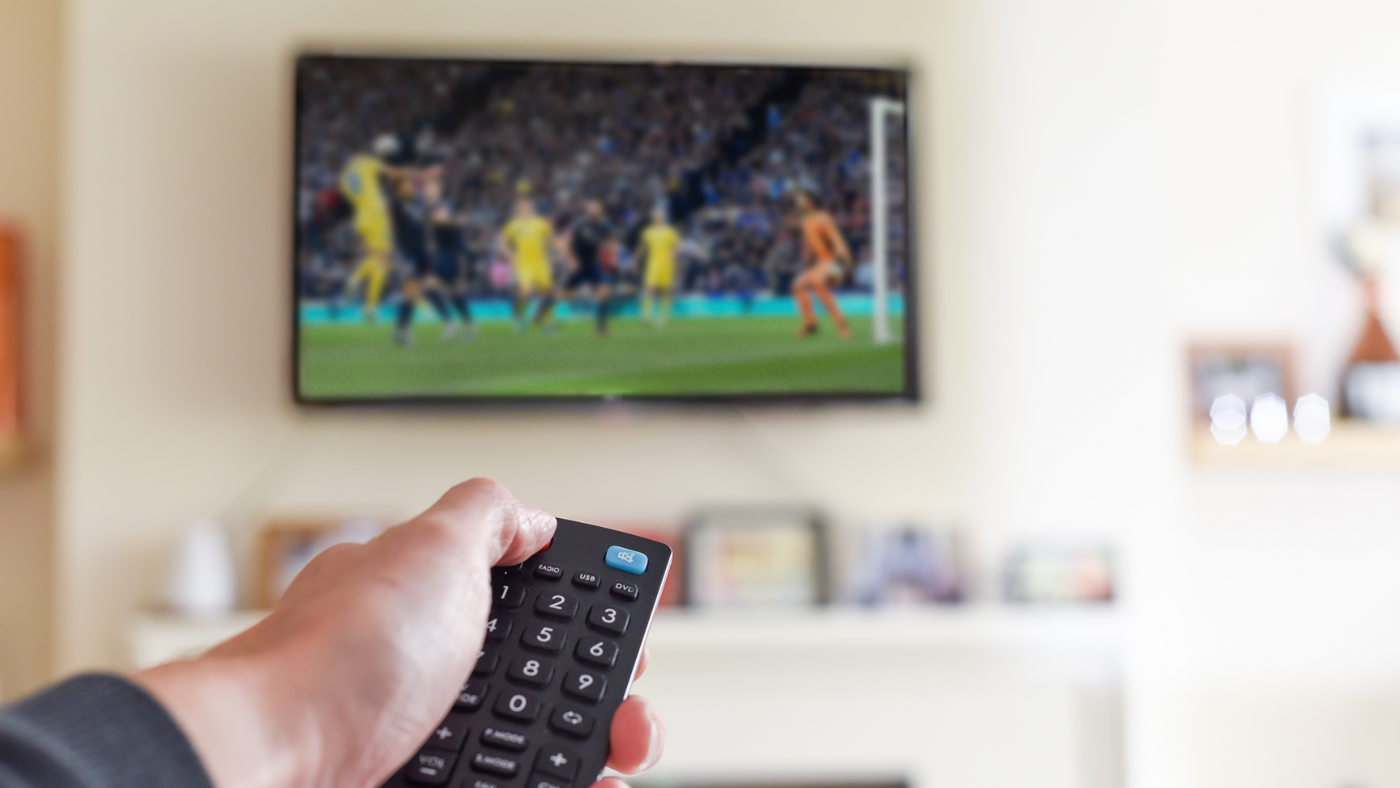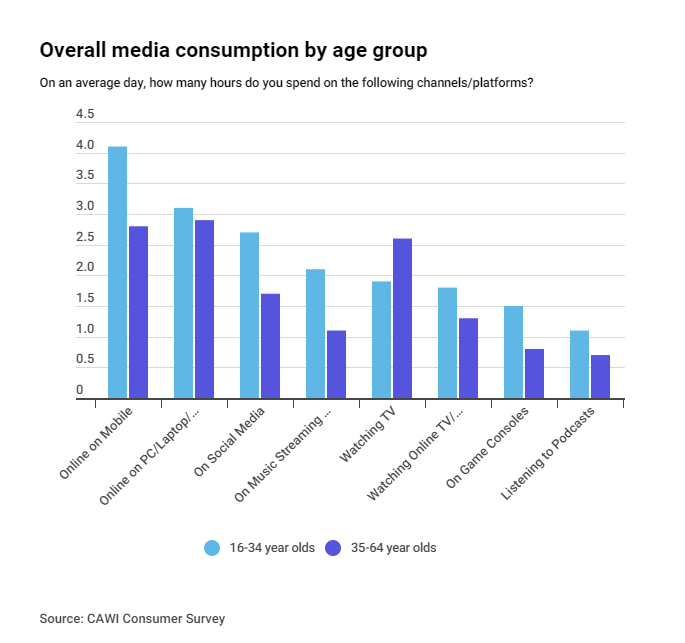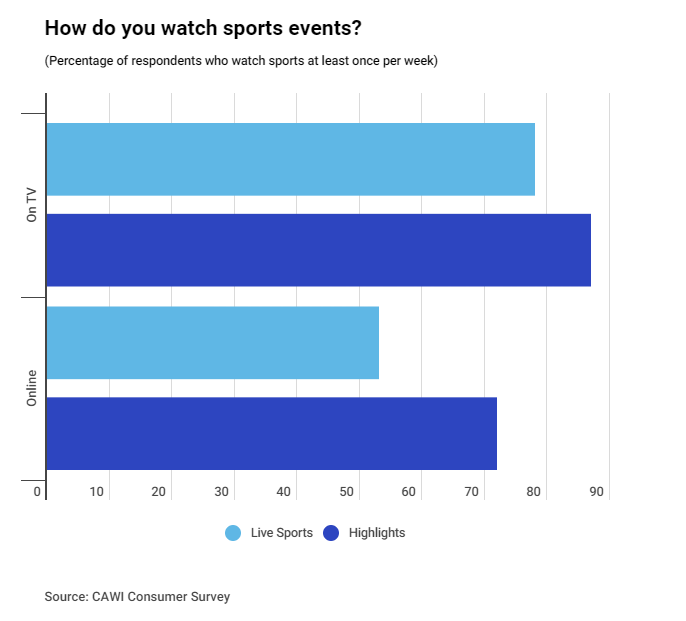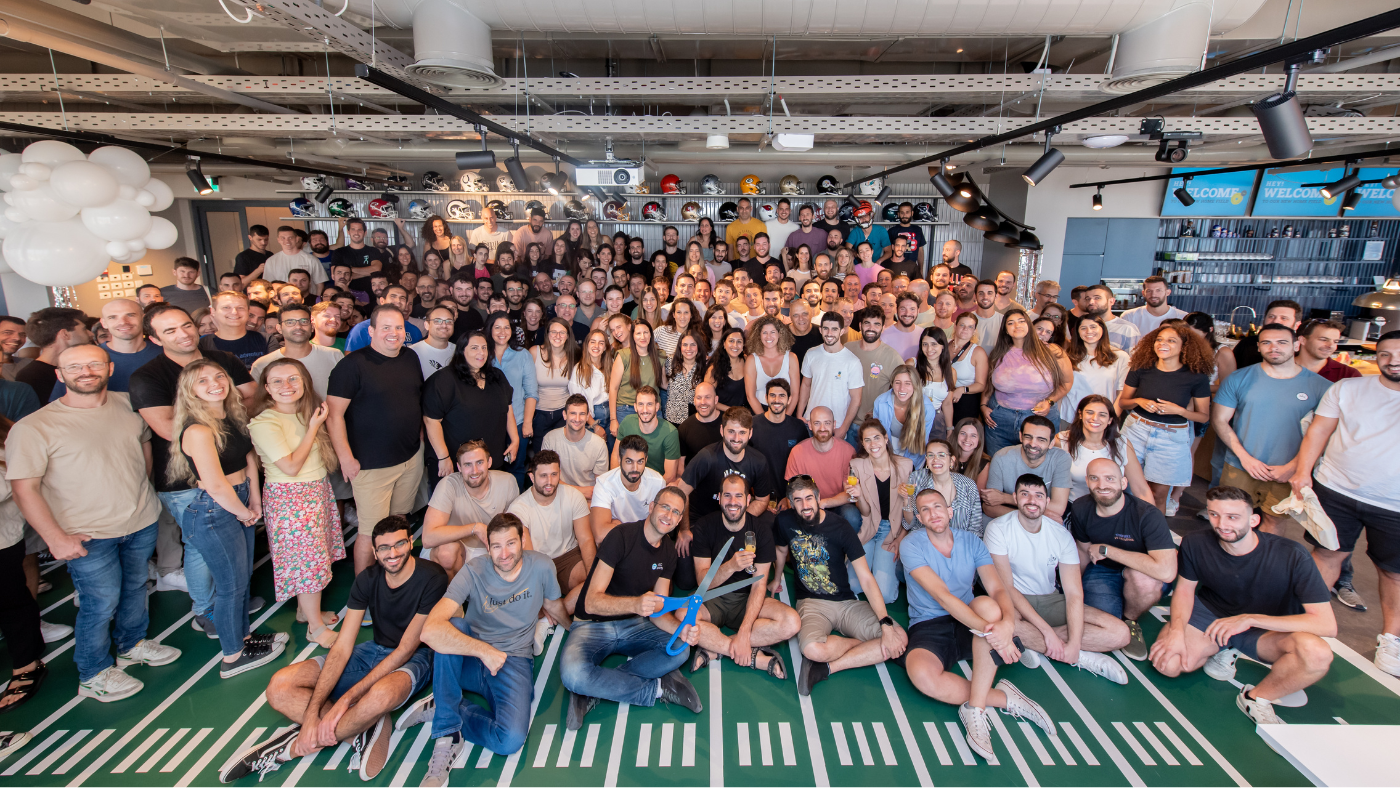The digital age can be broadly categorized as the age of disruption.
Nearly every product coming to market claims it has the ability to disrupt the status quo by surpassing unnecessary intermediaries, streamlining processes, or giving us that new gotta-have-it experience.
GPS systems, CD players, and even services like travel agencies were all breakthrough ideas when they were released and they’ve all been rendered obsolete as microcomputing power increased and mobile phones became more instrumental in our day-to-day lives.
Is the live sports experience getting closer than ever to joining the list?
A new generation of viewers
As shown in a recent Altman Solon study about sports and media consumption, viewing habits among younger generations are trending dramatically toward online channels.
Mobile devices provide audiences of all ages the ability to consume their favorite content online, anywhere, and at any time, either through social media, dedicated streaming services, or apps owned and operated by teams, leagues, and broadcast networks.
Younger generations, ages 16 to 34, are spending significantly less time in front of their TV screen (1.9 hours on average) than older generations, ages 35 to 64 (2.6 hours on average).
The results of the study correlate with younger people’s desire for immediate gratification and to disconnect from the traditional sports viewing experience sitting in the living room in front of the TV screen.
Gen-Z’s reliance on social media platforms and other new technologies directly impacts the way they consume live sports. Additional studies show that their generation prefers consuming short-form highlights rather than committing to watching an entire live game.
In the Altman Solon study, a commanding 87% of respondents report watching sports highlights at least once a week on linear, compared to 78% who say they watch live games or events on a weekly basis. Digital viewership trends even more heavily towards highlights with 72% of respondents saying they watch highlights online at least once a week, compared to just 53% who say they watch live games online.
This is hardly news at this point
Digital transformation and the rise of digital channels is nothing new to anyone working on the business side of sports.
Most leagues, broadcasters, teams and even players operate their own digital channels, dedicated apps, social media accounts, and have at least considered the idea of presenting their content across one of many available streaming services.
But are these channels reaching their full potential? Is the content on these channels really what fans are looking for?
The answers, like everything in the digital world, lie with data. Lots of data.
Big data can help sports organizations (broadcasters, leagues, and teams alike) to fully understand where their audience is digitally and to some degree mentally—with the ability to anticipate what they want to watch, how they want to watch it, and when.
With data in hand, it’s then necessary to translate it into a content strategy that meets the expectations of fans, respective of whatever segment they fall into (age range, geographic location, preferred broadcast language, etc.)
“Going digital” is no longer a matter of making your content (or slight variations of it) available online. That simply doesn’t cut it anymore.
Personalization is now the name of the game and delivering tailor-made content to various fan segments as fast as possible and at scale is necessary to keep your organization’s brand front and center in the eyes of fans. This is even more true for teams, leagues, and broadcasters that have an international presence or appeal.
For example, most NBA teams have a primary audience based in the United States, but as more international players join the league each year, many of whom are some of the top or budding stars in the league, new connections are forged between the teams and home countries of their foreign players. It’s up to the teams and the league for that matter, to produce the right content that resonates with those audiences.
The NBA has in fact been an undisputed leader when it comes to maximizing its brand globally. It might come as a surprise that outside of the US, the league’s biggest market isn’t France or Canada, but Brazil—which boasts the largest social media following and the most League Pass subscribers of all the NBA’s international markets.
If you’re an individual responsible for marketing your organization’s brand, you might want to ask yourself, “Am I creating the type of content that all of our fans want to consume? Is it localized (not just translated)? And is the content being delivered at the optimal time to every fan?” Lastly, and most importantly, “Is the operation scalable?”
To that end, sports organizations need to start acting more like digital advertising agencies if they want to better serve their audiences and build brand loyalty. That means creating customer journeys across multiple digital platforms and formats, with clear CTAs at the end of funnels. It also must include an understanding of different ways to engage audiences before, during and after live games, ideally in a way that’s fun and retains fans’ interest.
Some readers may very well be doing these things to some degree already, but they’re a game changer for anyone who’s yet to apply these methods to their work.
Key takeaways
Live sports on linear TV is likely here to stay for the foreseeable future, but the trends are not something to ignore. Changing viewership habits have long been discussed in the industry, and they should be regarded as an opportunity as opposed to a challenge.
The opportunity is the chance to get new, younger audiences to connect with your brand by meeting them where they are and delivering the content they enjoy most. The return is that “aha” moment when fans start taking notice and think to themselves, “Hey, these guys really get me.”
By taking a leap forward and embracing methods applied at startups and digital agencies, the potential to forge stronger bonds with existing fans will increase while opening the door to new potential fans in the process.





